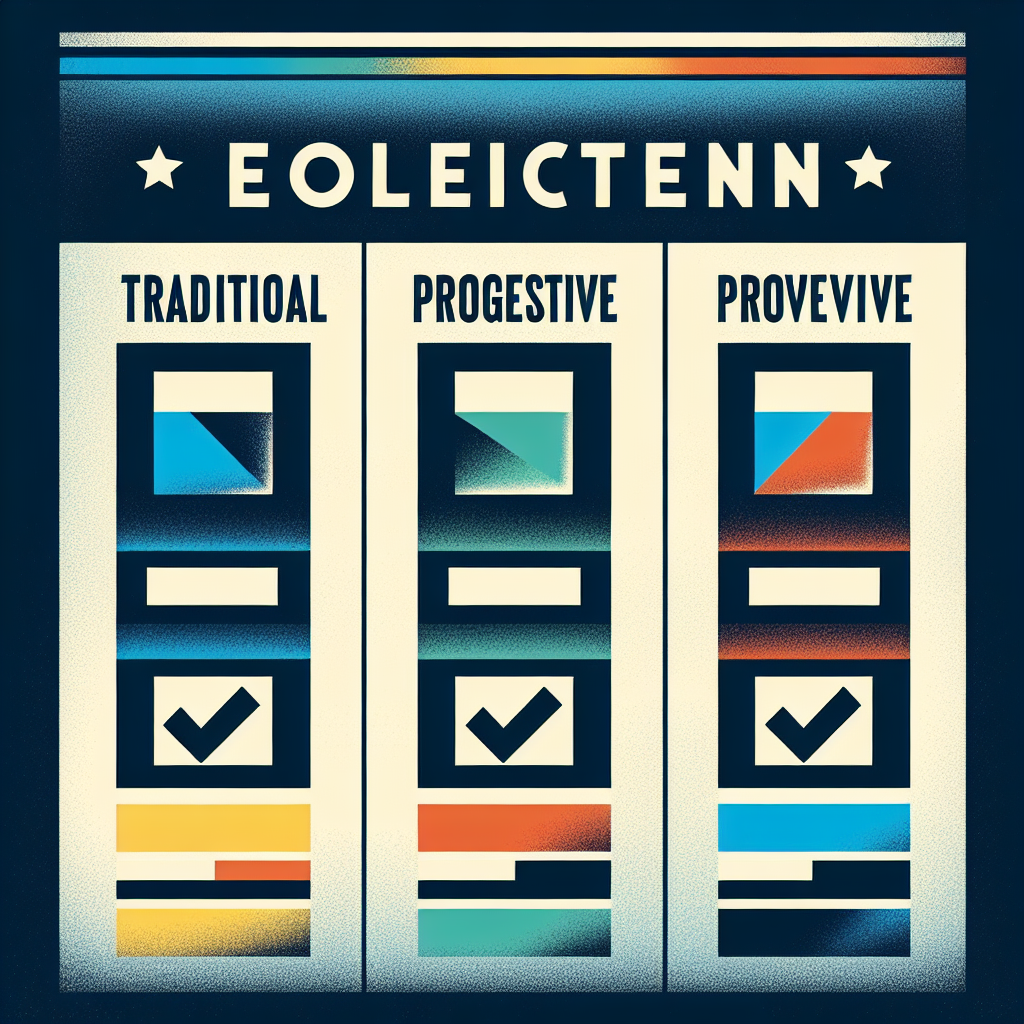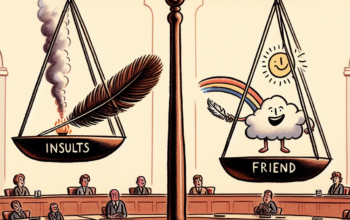Introduction
As the 2024 presidential election approaches, the landscape of American politics is buzzing with anticipation. Amidst the campaigns of major party candidates, the question arises: will third-party candidates finally make an impact in 2024? Historically, third-party candidates have struggled to gain traction in a political system largely dominated by the Democratic and Republican parties. However, shifts in public sentiment, recent electoral trends, and societal changes suggest that this could be the year where third-party voices resonate. This article explores the implications, challenges, and potential breakthroughs for third-party candidates in the 2024 elections from the perspective of 2025.
The Historical Context of Third-Party Candidates
To understand the potential impact of third-party candidates in 2024, it is crucial to examine their historical context. The United States has a long tradition of third-party movements, ranging from the Populist Party in the late 19th century to the Reform Party in the 1990s. Despite their contributions to political discourse, these parties have often fallen short in elections due to the mechanics of winner-takes-all voting systems and established party structures that favor the two-party dynamic. In many cases, third-party candidates have been viewed more as spoilers than credible alternatives, leading to the entrenched belief that voting for them is equivalent to wasting a ballot.
However, the 2020 election showcased a growing frustration with both major parties, with significant voter turnout driven by dissatisfaction. This environment has paved the way for a conversation about the significance and viability of third-party candidates in 2024. As more Americans express their desire for alternatives, these candidates could emerge as pivotal players, especially among younger voters who prioritize issues like climate change, social justice, and economic reform over traditional party lines.
The Impact of Social Media and Technology
In recent years, social media and digital platforms have revolutionized political campaigning, providing third-party candidates with unique opportunities to reach voters. Unlike previous elections, where media coverage was often limited to established parties, social media allows candidates to engage directly with their constituents. Through platforms like Twitter, Instagram, and TikTok, third-party candidates can share their messages, build grassroots movements, and mobilize supporters at a fraction of the cost of traditional media.
Additionally, technology has made grassroots fundraising more accessible, enabling smaller campaigns to compete financially with larger parties. For example, platforms like ActBlue have been instrumental in allowing progressive third-party candidates to raise significant amounts of money from small donations. This shift can democratize the funding landscape and allow candidates to amplify their messaging, increasing their chances of making a noticeable impact in the upcoming election.
The Role of Voter Discontent in 2024
Voter discontent is a potent catalyst for the success of third-party candidates in 2024. A significant portion of the electorate is dissatisfied with the current political system, believing it fails to address pressing issues like healthcare, climate change, and economic inequality. This discontent, intensified by the events of the COVID-19 pandemic and ongoing social justice movements, creates a fertile ground for third-party candidates who can offer fresh perspectives and concrete solutions.
The rise of disillusionment with traditional politics has also been reflected in poll data, which indicates that a substantial number of voters are open to choosing a third-party candidate in 2024. This shift suggests that if a candidate can effectively navigate the concerns of the electorate and present a compelling vision for the future, they could capture the interest and votes of those who are traditionally reluctant to support third-party options.
The Challenges Third-Party Candidates Face
Despite the potential for third-party candidates to make an impact in 2024, they face significant challenges that could hinder their progress. One of the most notable obstacles is the electoral system, specifically the first-past-the-post voting method used in most states. This electoral framework often disadvantages third-party candidates, as they tend to draw votes away from major party candidates, leading to the “spoiler effect.” This phenomenon can discourage voters from supporting third-party candidates, fearing that they might inadvertently facilitate the election of their least preferred candidate.
Moreover, third-party candidates often struggle with gaining media coverage, which is crucial for building name recognition and presenting their policies to a wider audience. Established media outlets tend to focus on major party candidates, leading to minimal exposure for third-party voices. As a result, voters may remain unaware of viable alternatives, limiting the potential support for these candidates and reinforcing the dominance of the two-party system.
<h2.Strategies for Third-Party Candidates in 2024
To navigate these challenges, third-party candidates must employ innovative strategies to reach and engage with voters effectively. One key approach is to form coalitions with like-minded organizations and grassroots movements that align with their policy priorities. Collaborating with advocacy groups can amplify their message, build credibility, and mobilize support among specific demographic groups, including youth and marginalized communities.
Additionally, focusing on niche issues that resonate deeply with voters can help distinguish third-party candidates from their major party counterparts. Candidates who prioritize Topics such as environmental sustainability, universal healthcare, and criminal justice reform can appeal to specific voter blocs disenchanted with the status quo. By offering concrete plans and focusing on actionable solutions, third-party candidates can gain traction in an election year characterized by heightened political engagement.
Conclusion
As the 2024 presidential election draws closer, the potential for third-party candidates to make an impact is becoming increasingly tangible. With a history of discontent among voters, the rise of social media, and innovative strategies for engagement, there exists a unique opportunity for these candidates to resonate with the American electorate. However, the challenges they face, including the electoral system and media coverage, cannot be overlooked. Ultimately, the question remains: will third-party candidates finally make an impact in 2024? The answer lies in their ability to connect with voters, present viable alternatives, and navigate the complexities of the American political landscape.
FAQs
Why do third-party candidates struggle in elections?
Third-party candidates traditionally struggle due to the winner-takes-all electoral system, limited media coverage, and the perception that voting for them is a waste of a ballot.
What role does social media play in third-party campaigns?
Social media provides third-party candidates with low-cost platforms to reach potential voters, engage directly with constituents, and fundraise effectively.
What are the key issues that may benefit third-party candidates in 2024?
Key issues include climate change, economic inequality, healthcare reform, and social justice, which resonate with a significant segment of voters disillusioned with major parties.
Can third-party candidates win electoral votes?
While it is challenging for third-party candidates to win electoral votes due to the two-party dominance, they can influence outcomes by drawing votes away from major party candidates, particularly in close races.
How have recent elections influenced third-party dynamics?
Recent elections have revealed a growing dissatisfaction with major parties, creating momentum for third-party candidates to emerge as credible alternatives to traditional political options.












